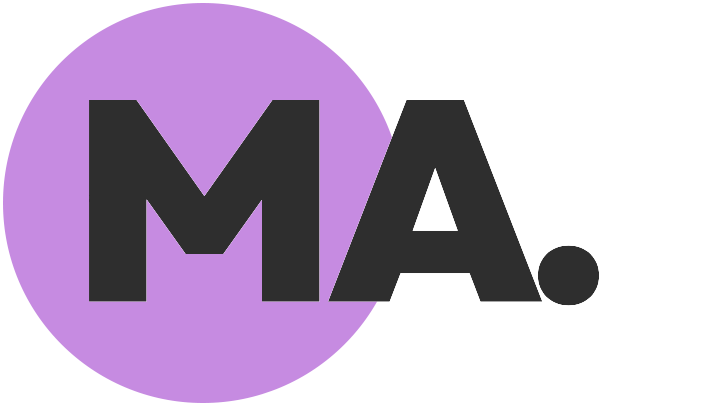Making the best choice for your child
If you’re thinking about seeking external treatment or intervention for your child, here are three steps to ensure that they will put your child’s welfare first.
1. Look for red flags
Here’s a list of program warning signs to watch out for when contemplating residential placement or wilderness programs. It is critical that you rethink your program choice if any program endorses or promotes these practices. What most parents don’t know is that the “troubled teen industry” employs unethical and unsafe practices that infringe upon human rights. Unfortunately, these are common.
- Recommends involuntary admittance
- Recommends forceful “transportation” or “escort” services
- Is not state-licensed
- Is not accredited for educational, mental/behavioral health, and residential involuntary admittance
- The educational aspect of the program is not regionally accredited (this is the gold standard)
- Uses contract terms asking parents to sign over custodial rights/agree to not report child abuse
- Day-to-day care is mostly handled by uneducated or untrained staff
- Uses high-pressured sales tactics urging parents to “act now” or else
- Restricts family communication and parental rights
- Only allows monitored and/or limited telephone communication with parents
- Only allows monitored, limited, and/or censored written communication with parents
- Denies the child the ability to contact law enforcement or advocates upon request or to report abuse
- Any staff receive bonuses or commissions for achieving high numbers of enrolled children
- Uses unethical restraining (i.e. to punish, without attempting de-escalation, and/or when there is no imminent risk of harm)
- Uses restraints in a manner to hurt the child in the hopes they will comply (i.e. pressure points)
- Uses dangerous and unethical physical, chemical, or mechanical restraint methods such as prone restraints or pepper spray
- Allows regular staff the discretion to use chemical restraints that are “rubber-stamped” by a doctor/nurse after the fact
- The duration of the internment at the program is ambiguous – creating an indefinite detainment
- Punishment of the child by restricting social interaction, socially ostracizing them, and/or forcing “silence”
- Children are required to “earn” the right to have normal social interactions
- Children are required to have prolonged isolation from society
- Children are punished with forced labor
- Children are punished by being forced to sit or lay in stress positions
- Use of fear, shame, humiliation, and/or intimidation are part of behavioral modification practices
- Use of isolation/seclusion/solitary confinement rooms
- Use of an overstructured routine which allows little-to-no free time
- Uses attack therapy or group attack therapy on children
- Uses aversion therapy on children
- Uses forced sexualized behavior/sexual abuse as part of “treatment”
- Uses sexual shames the child as part of “treatment”
- Provides conversion therapy or any “treatment” that claims to change a child’s sexual orientation
- Children are deprived of basic necessities such as food, water, sleep, and/or access to a bathroom
- Children are denied medical care (i.e. refusal to allow children to see a doctor or accusing them of attention seeking)
- Children punished by denying them access to school
- There is a peer hierarchy where children are responsible for punishing and restraining other children
- Has a curriculum that is textbook/self-study dependent; i.e. no qualified teachers, tutors, or regular class structure
2. Research the program
Unsilenced has compiled a list of programs from across the U.S. and overseas, along with their compliance, incident, and safety history. Use this free resource to research and check out what they may not be telling you.
3. Explore the alternatives
Always look for “evidence-based” treatments. These offer families access to treatment options that are grounded in evidence and prioritize safety when addressing behavioral, trauma, and mental health challenges in adolescents. Examples of underutilized programs that can provide outstanding results are:
- Parent Coaches
- Teen Coaches
- Function Family Therapy (FFT)
- Multi Systems Therapy
- Peer-to-Peer Mentorship (e.g. Big Brothers, Big Sisters)
- Partial Hospitalization Programs (PHP)
- Intensive Outpatient Programs (IOP)
Evidence-based treatments also signify an approach that has undergone rigorous examination through scientific evaluations and randomized control trials, confirming their effectiveness. These assessments have involved diverse populations and independent researchers rather than just the model’s developers, who may have a vested interest in its success. Furthermore, these treatments have shown significant lasting effects, persisting for at least six months post-treatment.
Unsilenced keeps a list of safe alternatives.
